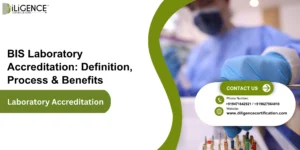



End-to-end certification and regulatory compliance for Indian and global markets.
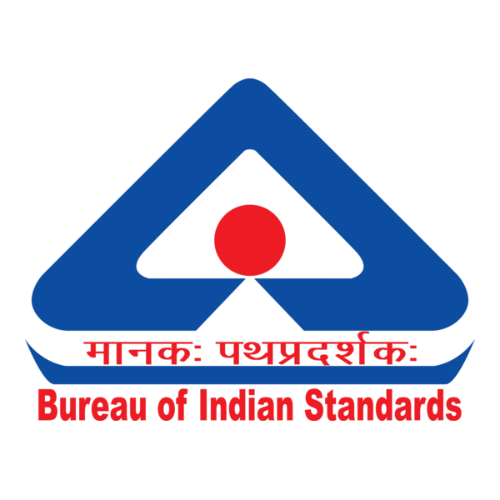 BIS Certification
BIS Certification
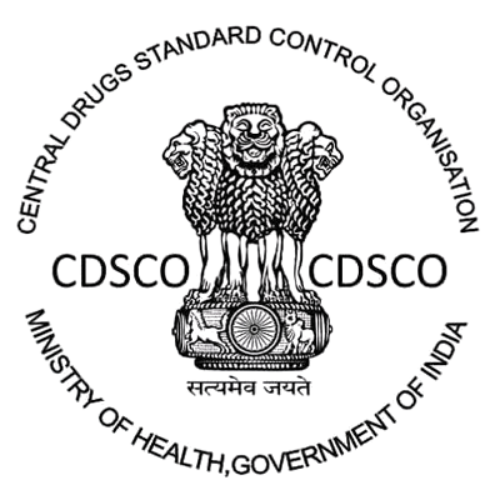 CDSCO
CDSCO
 CPCB
CPCB
 LMPC
LMPC
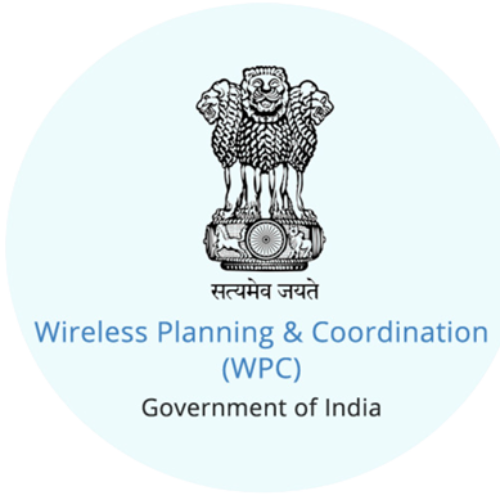 WPC Approval
WPC Approval
 Global Approvals
Global Approvals
 TEC
TEC
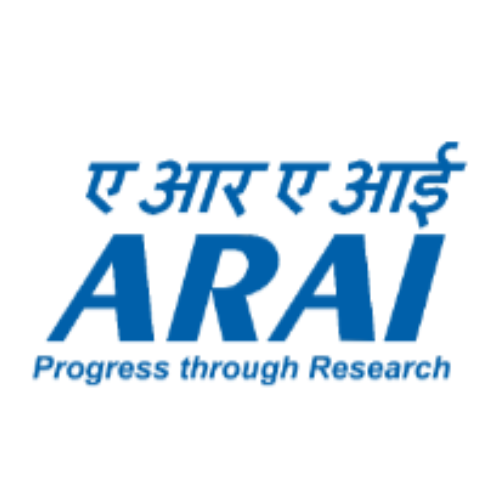 ARAI
ARAI
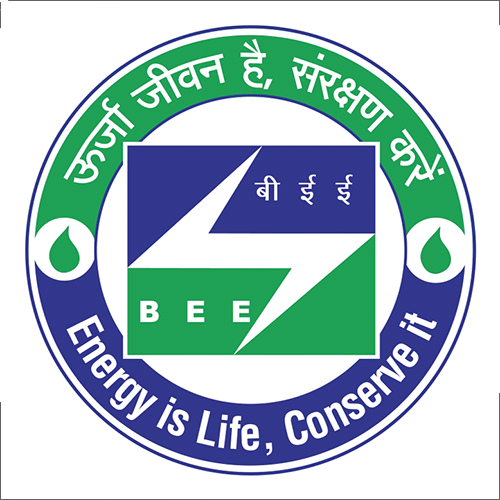 BEE
BEE
 ISO Certification
ISO Certification
 Drone Registration
Drone Registration
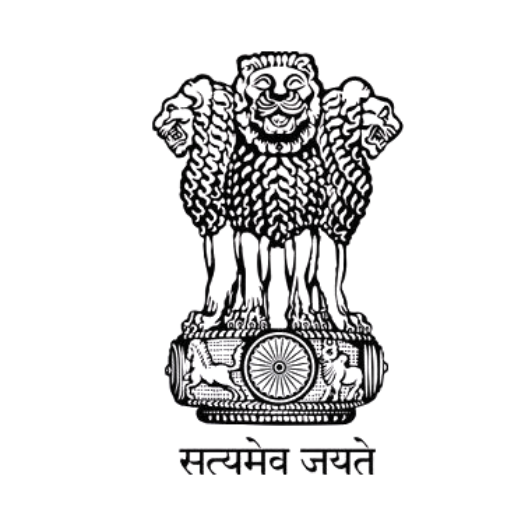 NOC For Steel
NOC For Steel




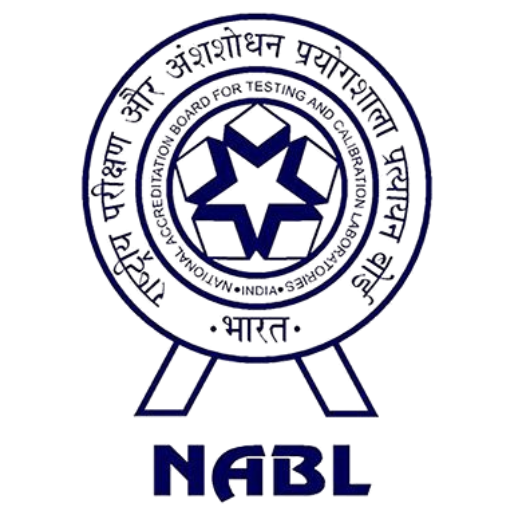
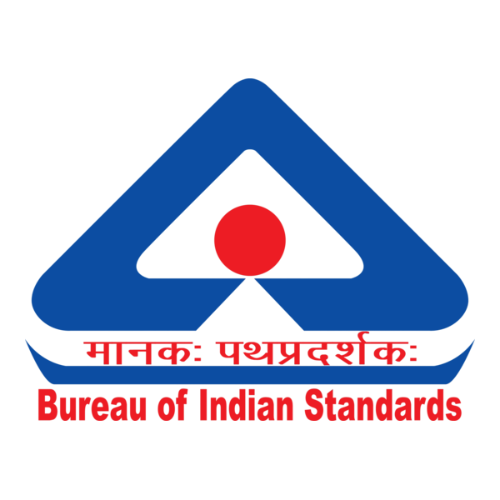

























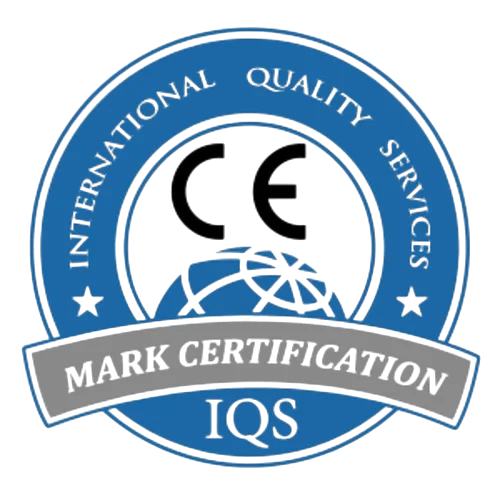



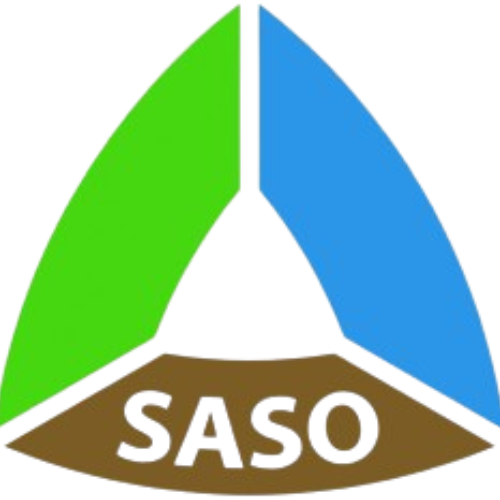


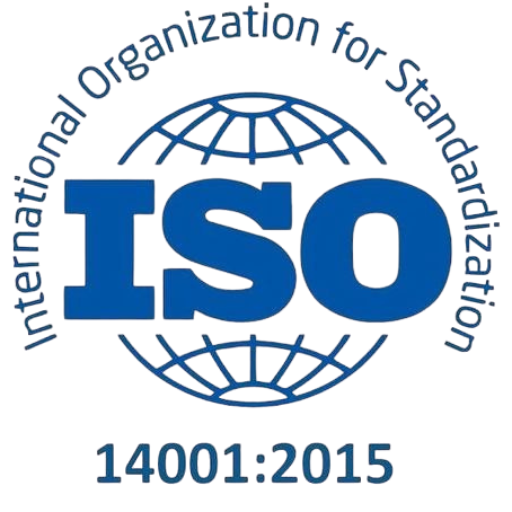
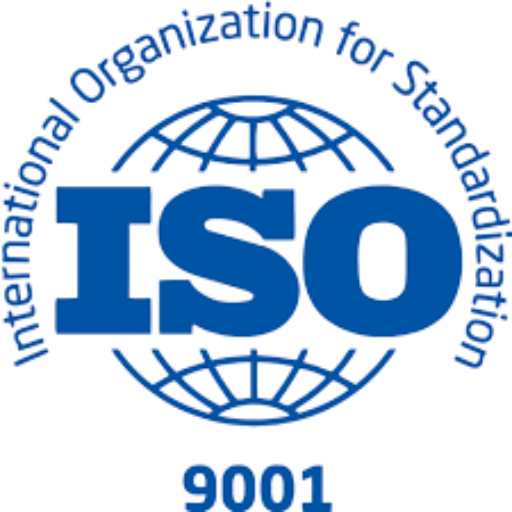
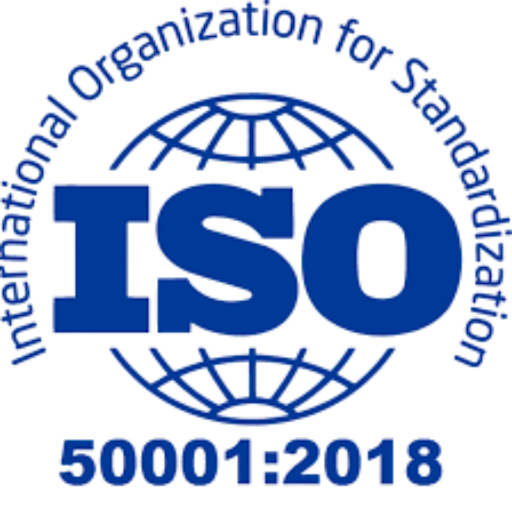

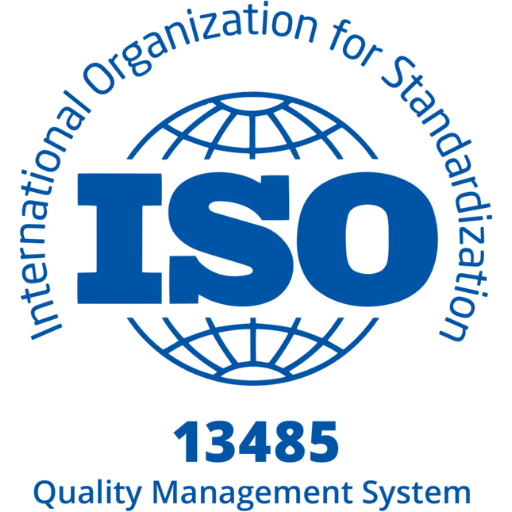
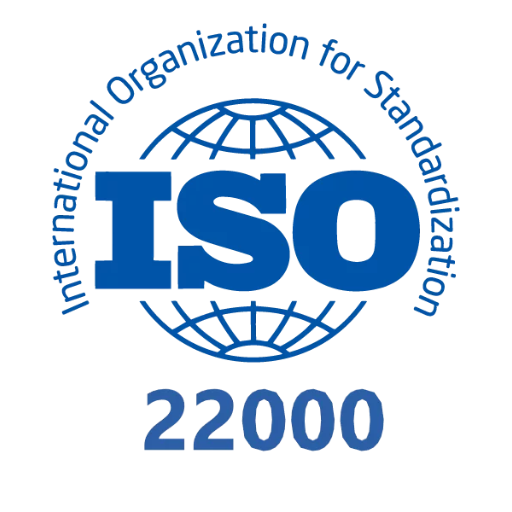
Apart from product certification, BIS is responsible for framing Indian Standards, conducting laboratory testing, and ensuring consumer protection.
Some items must be certified before they get released mysteriously made for select goods like cables, switches, cement, gas cylinders, etc.
It ensures electronic products conform to Indian Standards (IS).Covers 70+ products including laptops, phones, adapters, TVs, and batteries.
Hallmarking Certification is mandatory in India for gold and silver jewellery.The BIS 916 Hallmark confirms 22K gold purity.Silver Hallmarking is compulsory for certain grades like BIS 925.
FMCS Mark Certification is a BIS-led approval process that enables foreign manufacturers to sell regulated products in the Indian market.
It helps manufacturers build trust and create a compliance framework. It also markets to eco-conscious consumers.This guide will detail eligibility, provide information on the application procedure, and outline benefits of certification to ISO 14024.
It is governed by NABL under the Quality Council of India (QCI).Accreditation enhances trust among regulators, industries, and global partners.
The World Manufacturer Identity (WMI) is a globally recognized code used to identify vehicle manufacturers. WMI registration ensures traceability, compliance, and global brand recognition for automotive makers.
Diligence Certifications is a top-tier name in drug licensing and provides topmost service and knowledge support to all sizes of pharmaceutical companies. Our seasoned team understands the global regulations and has seen several success stories.
End-to-end certification and regulatory compliance for Indian and global markets.
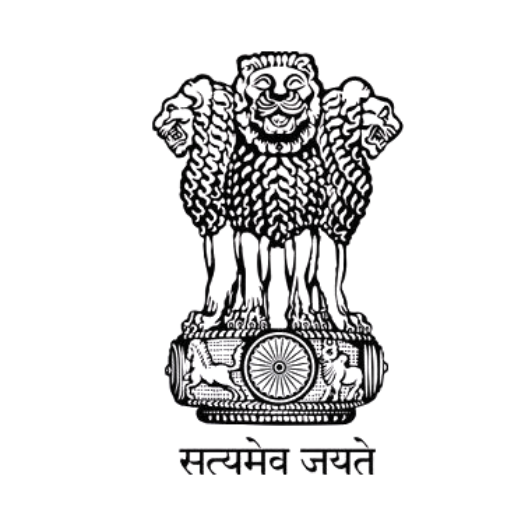 Business Registration
Business Registration

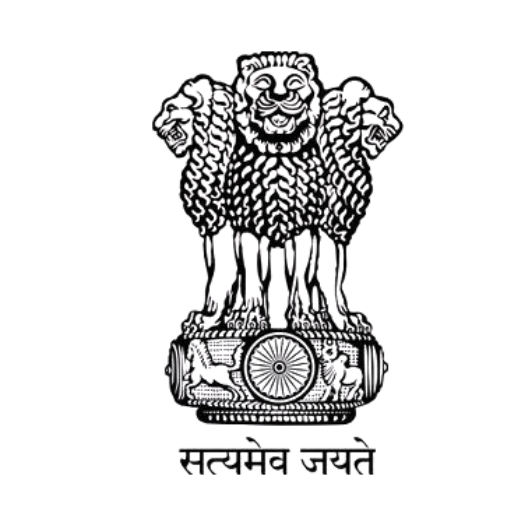
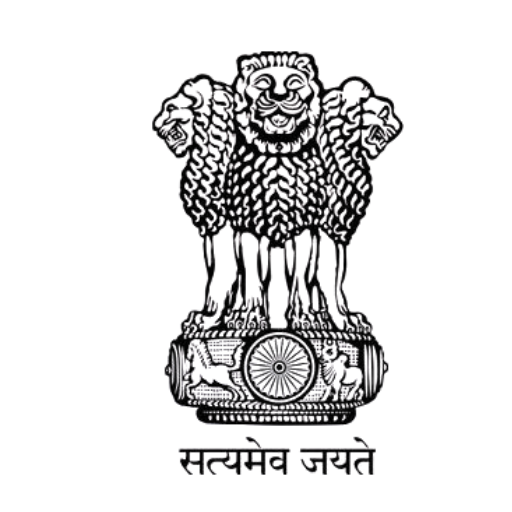
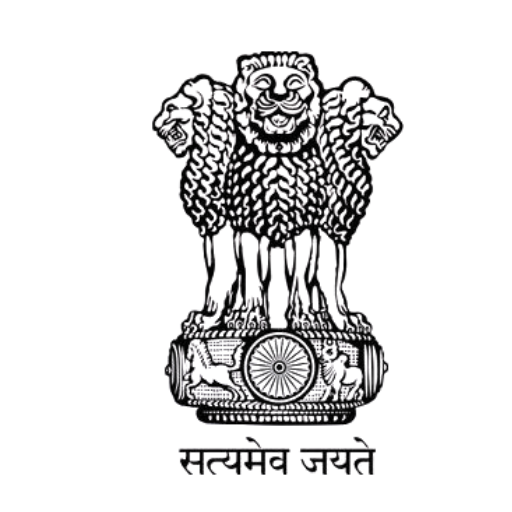



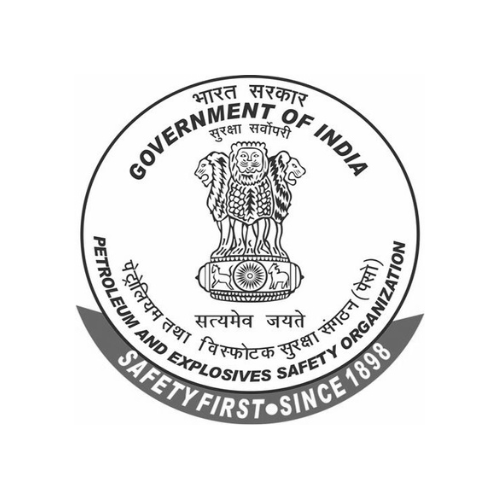

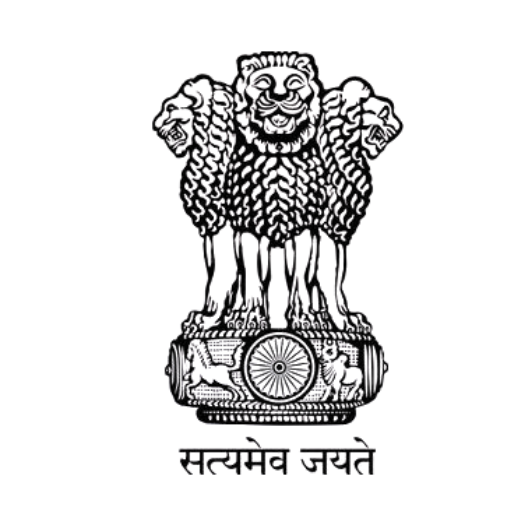
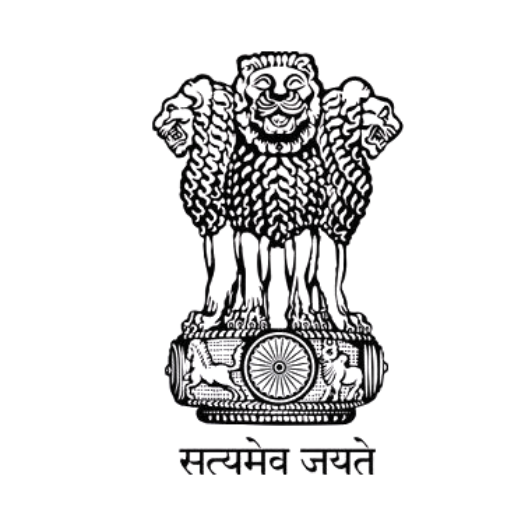
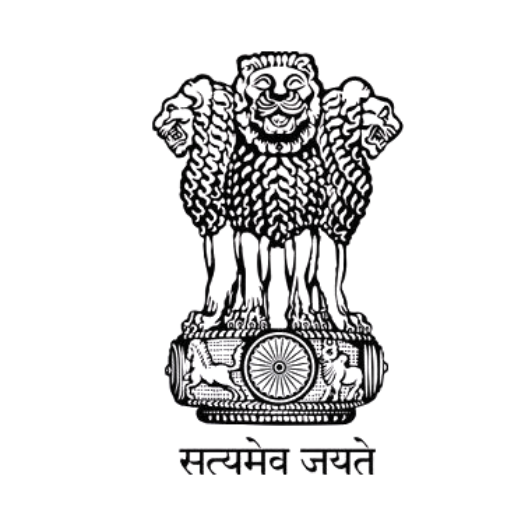


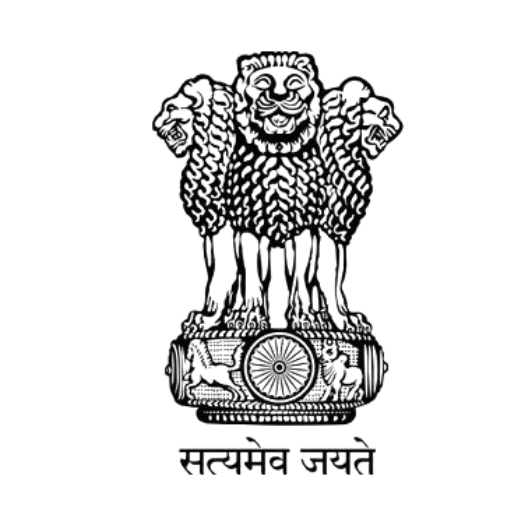
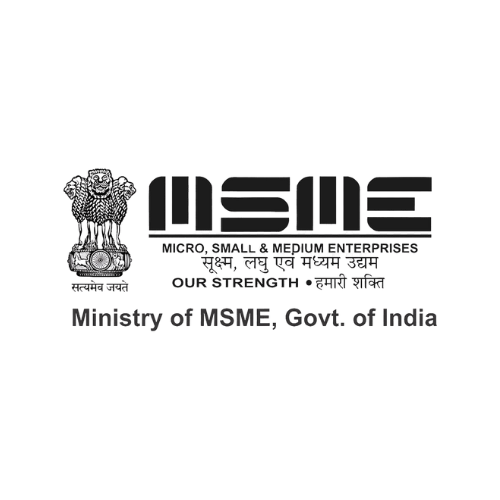

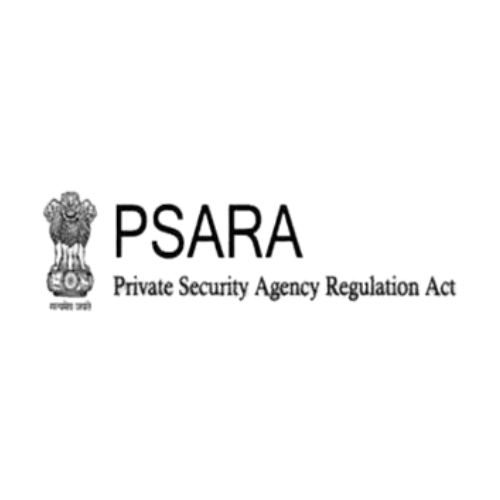
End-to-end certification and regulatory compliance for Indian and global markets.
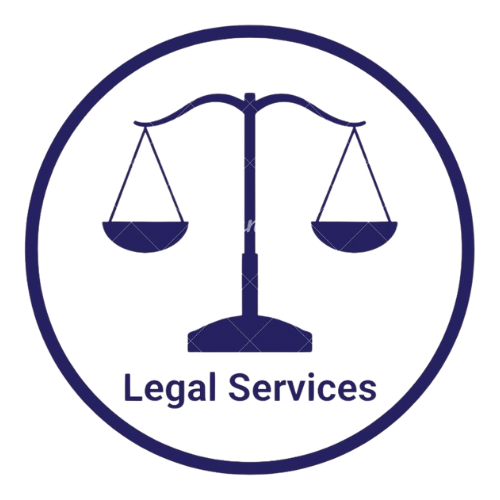 Legal Services
Legal Services






































When Mr. Sharma from Pune lost his father in 2022, he assumed the family could immediately access his father’s pension and insurance claims.
The local bank manager, however, froze the account until a “waris certificate” was produced. Mr. Sharma quickly obtained one from the taluka office. But when he approached LIC for the life insurance claim, the officer shook his head: “We need a Legal Heir Certificate, not just a waris certificate.”
Three months later, after repeated visits to the revenue office and one rejected application due to a spelling mismatch in Aadhaar, the certificate finally came through. By then, valuable time and interest earnings had been lost.
This scenario is common. Families in grief face bureaucratic roadblocks simply because they don’t fully understand the difference between various inheritance-related documents.
A Legal Heir Certificate — also called a legal heirship certificate, survivor certificate, or waris certificate — is an official government document proving the relationship between the deceased and their rightful heirs. It is required to claim pensions, provident fund, gratuity, insurance, or property after a family member’s death.
Often accepted in place of a succession certificate online for uncontested transfers like bank deposits and shares, it is issued by revenue authorities such as the Tehsildar, Revenue Mandal Officer, or Talukdar. In many states, you can now apply for a Legal Heir Certificate Online through government portals, with proper documentation ensuring quick approval.
It serves as proof of relationship for purposes like:
Utility transfers (electricity, water)
Under Section 3(f) of the Hindu Succession Act, 1956, legal heirs are any male or female entitled to inherit the property of a person who dies intestate. For Hindu males, heirs fall under Category I (spouse, children, mother) and Category II (father, siblings, etc.). These heirs must obtain a Legal Heir Certificate Online to transfer assets and claim benefits of the deceased.
S. No. | Basis of Comparison | Legal Heir Certificate | Succession Certificate |
1 | Purpose | Establishes legal heirs for transferring assets and claiming benefits such as pension, provident fund, and insurance. | Grants legal authority to inherit and manage movable assets, debts, and securities. |
2 | Issuing Authority | Issued by the Tahsildar, local revenue authority, or municipal officer. | Issued by Civil Courts after due legal process. |
3 | Scope of Authority | Limited to determining and certifying legal heirs. | Broader authority, recognising all legal representatives with rights over assets. |
4 | Documentation | Death certificate, proof of relationship, and application to local authorities. | Application to court, legal heirs’ details, public notice for objections, and details of debts/assets. |
5 | Time Frame | Typically issued within 15–30 days. | May take 4–5 months or longer. |
6 | Authority Over Assets | Covers certain assets or benefits as permitted by administrative rules. | Comprehensive authority over all movable assets and debts. |
7 | Applicability | Used for claiming benefits, transferring property, and administrative updates. | Used for management and transfer of movable assets such as bank accounts, shares, and securities. |
8 | Litigation | Minimal legal formalities; usually no court hearings. | Involves formal court proceedings, hearings, and notices to interested parties. |
If you are claiming only bank deposits or shares, the court-issued Succession Certificate is necessary. For most administrative purposes, the Legal Heir Certificate suffices.
In most states, the following relations are considered legal heirs:
Special Situations:
When applying for a Legal Heir Certificate Online, every detail matters — from how you fill the form to how you verify your documents. Even a small oversight can push your application back by weeks. Here’s the correct, step-by-step approach we advise clients to follow:
1. Filing the Application Form
While the process is called “online,” in many states the application still begins at your local Tehsildar or Taluk office. You’ll either collect the form in person or download it from your state’s official e-service portal. Fill in the deceased’s details, your relationship, and the complete list of all legal heirs.
Once the form is complete, gather all mandatory proofs — death certificate, ID and address proof of each heir, ration card/family card, and a self-declaration affidavit..
3. Submission & Acknowledgement
After payment, submit the form along with the documents. The revenue office will issue an acknowledgement slip or generate a token number online.
Your application details will be checked with local officials like the Tehsildar, Revenue Mandal officer, or Talukdar. They may consult with village officials or municipal authorities for verification purposes.
Once the verification is performed, the Legal Heir Certificate will be issued to you naming all of the identifiable heirs. This document will be used to claim pensions, transfer property, or release life insurance proceeds.
Pro Tip: Ensure spelling consistency in all IDs. A single mismatch can cause rejection.
Obtaining a Legal Heir Certificate Online enforces claimely rights of heirs and simplifies the functions of post-death affairs. The major benefits include:
Confusing waris certificate with Legal Heir Certificate.
Our professional team ensures that your entire documentation process is precise and proper, which minimizes the occurrence of denial or delays.
We connect clients with experienced solicitors, company secretaries, and chartered accountants to help navigate all types of legal, procedural and compliance questions.
Whether it’s a pension claim, professional advisory or the transfer of property ownership from one legal heir to another, we facilitate and simplify the process so that the legal heirs can access the intended property or financial benefits.
Our compliance experts oversee and manage all compliance matters necessary to provide a land-related waris certificate, as required by various states’ laws.
Having processed over 1 lakh legal documents and materials to date, we are proven, efficient and trustworthy.
We follow up with the various parties to your application and facilitate communication and conversation with the appropriate offices to expedite processing your follow up.






















It’s a government document proving the rightful heirs of a deceased person for claiming assets and benefits.
Legal Heir Certificate is for administrative claims; Succession Certificate from court covers debts and movable assets.
Yes, many states offer Legal Heir Certificate Online through e-governance portals.
Spouse, children, parents, and sometimes siblings, as per personal laws.
Often used interchangeably; both identify rightful heirs.
Generally 15–30 working days; online may be faster.
Death certificate, ID proofs, relationship proof, affidavit, and photos.
Yes, through Power of Attorney or online applications.
Yes, but some institutions may need extra verification.
Yes, through the issuing authority or court if heirs are wrongly included/excluded.

